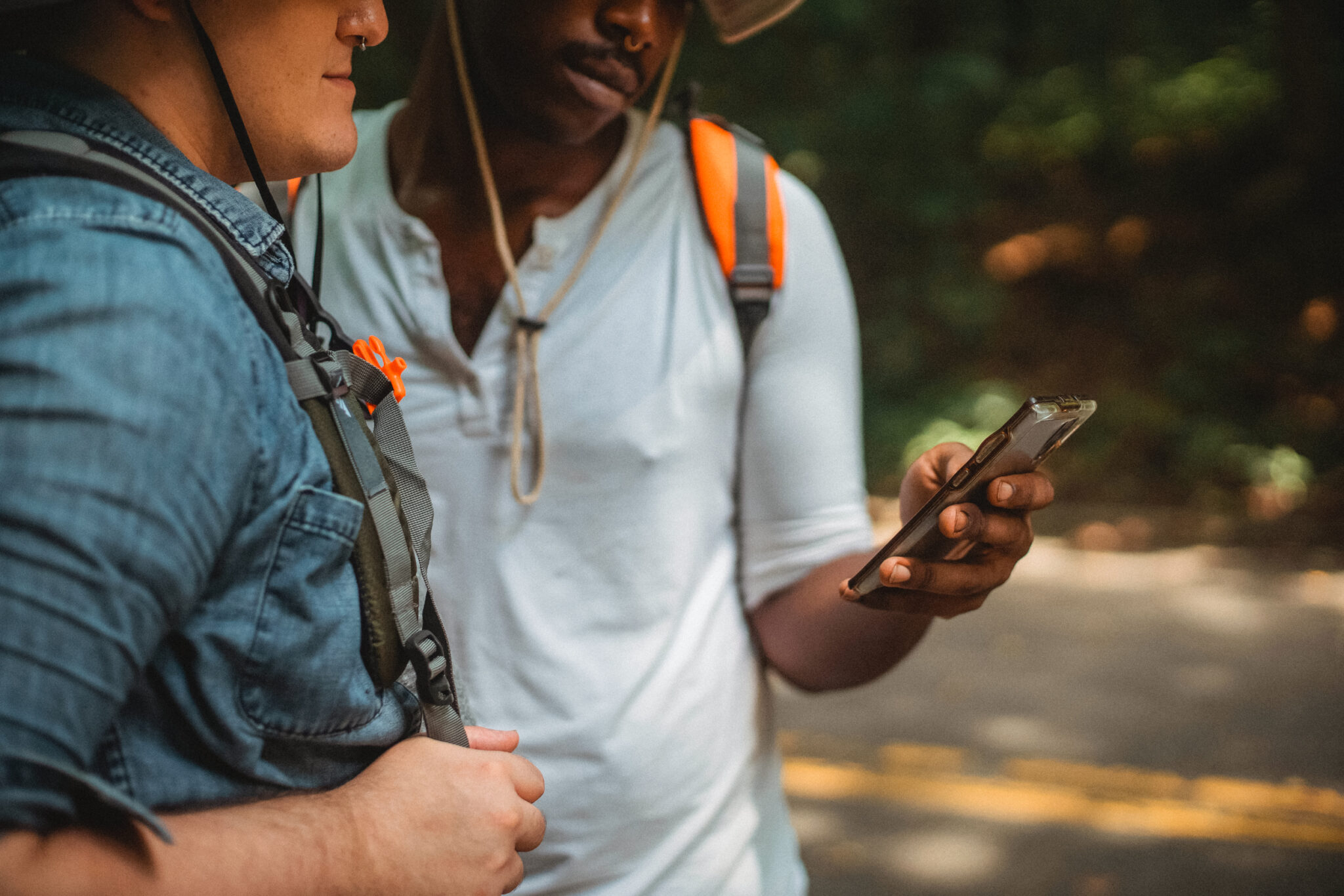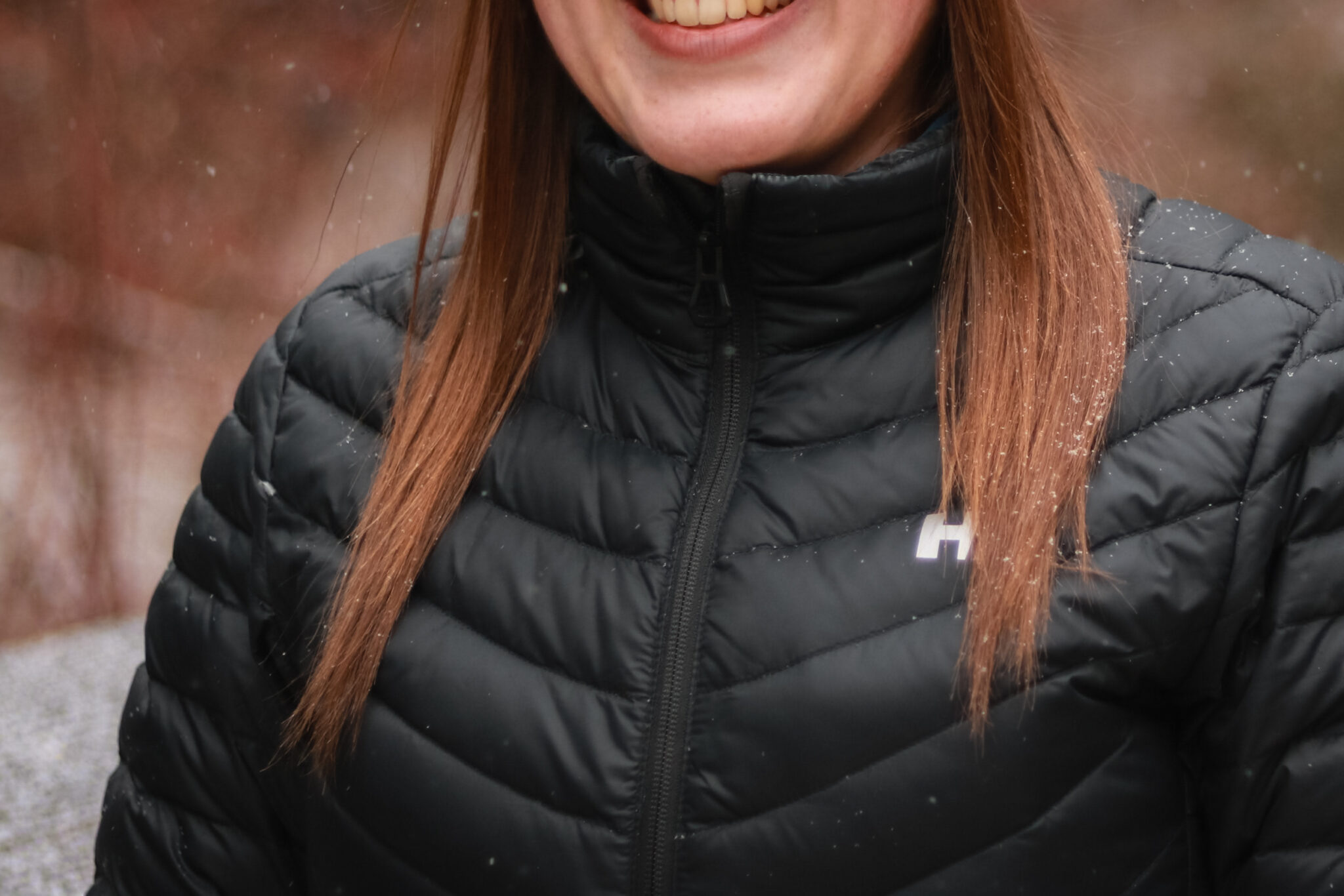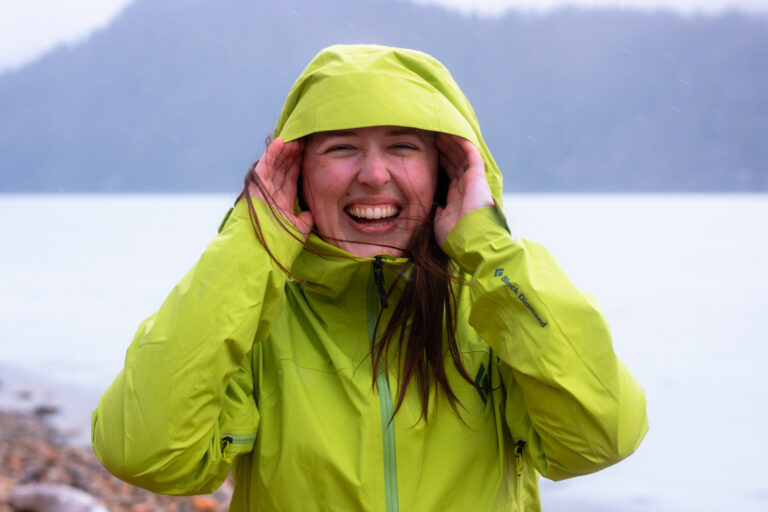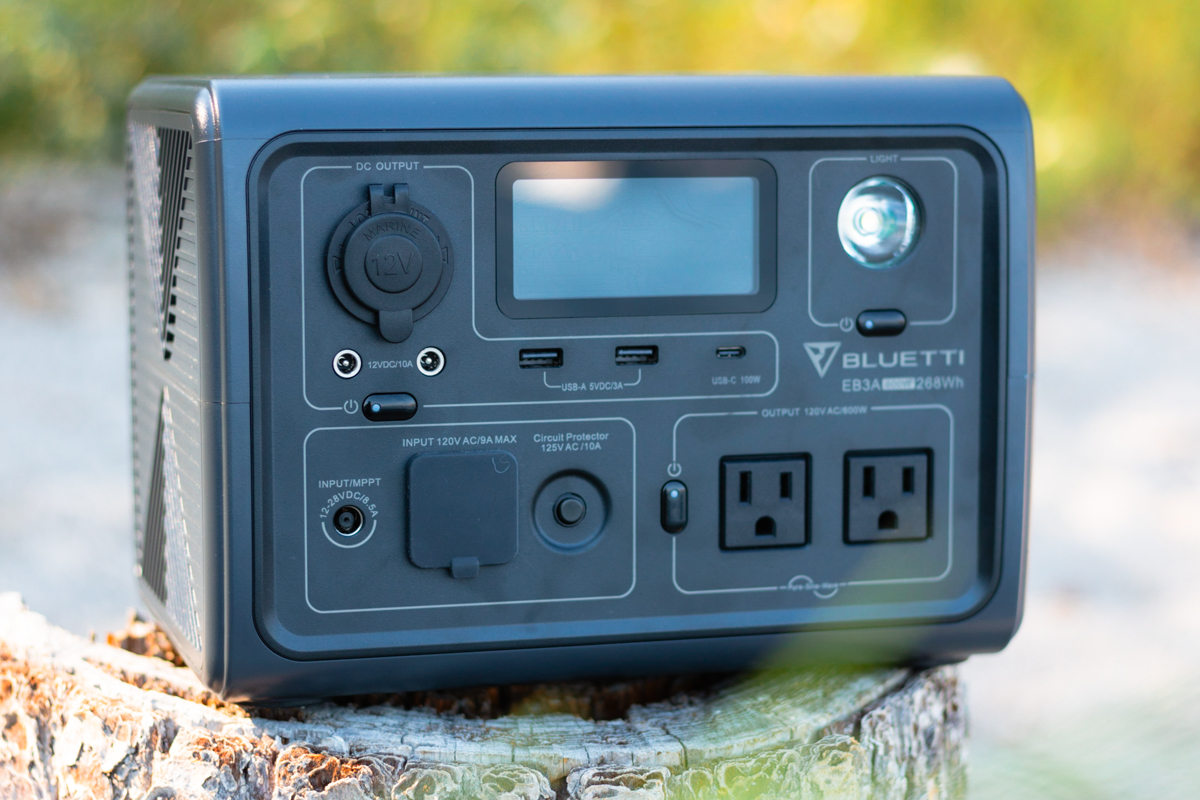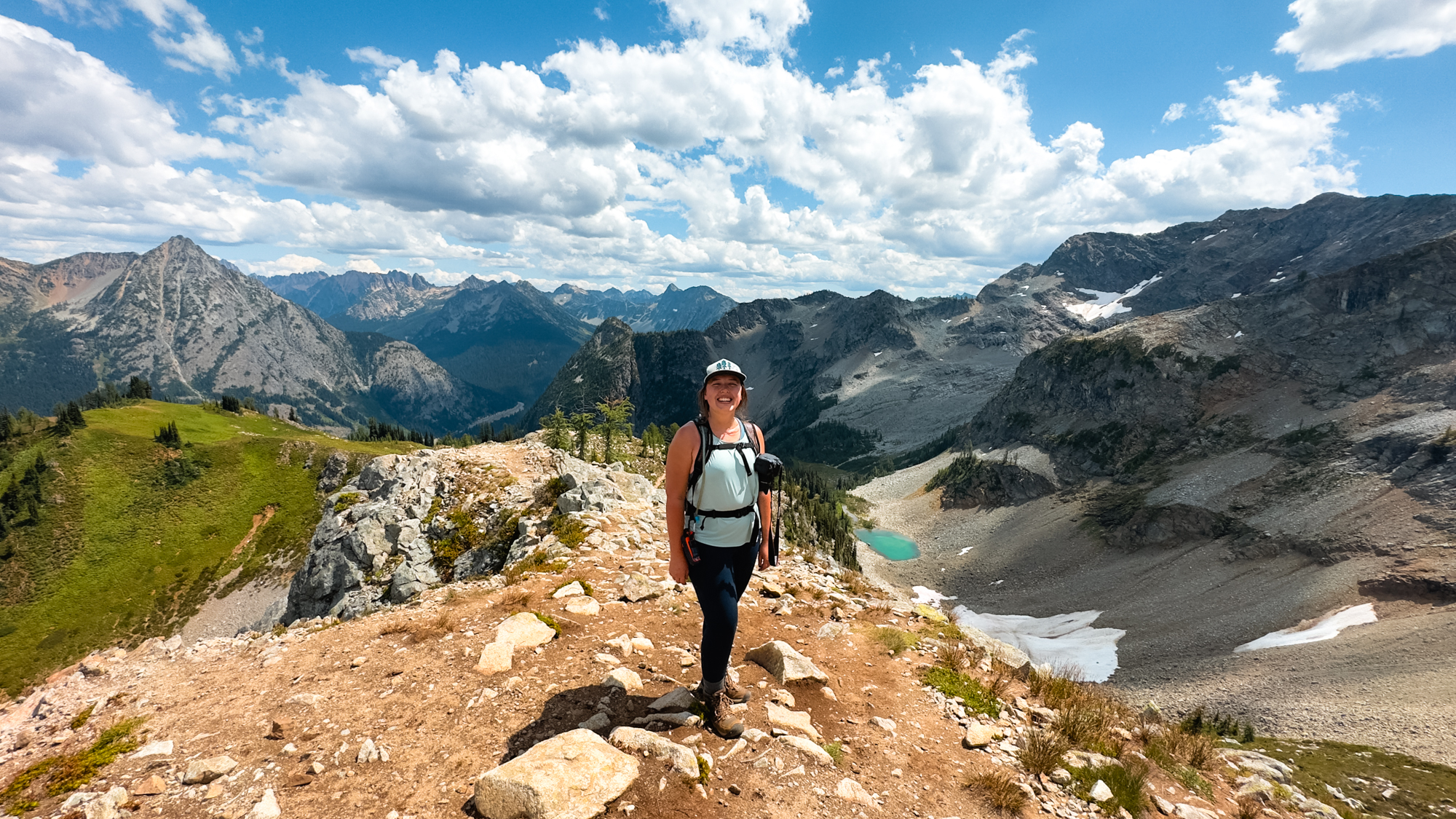Scrubba Wash Bag Review: Laundry in the Outdoors
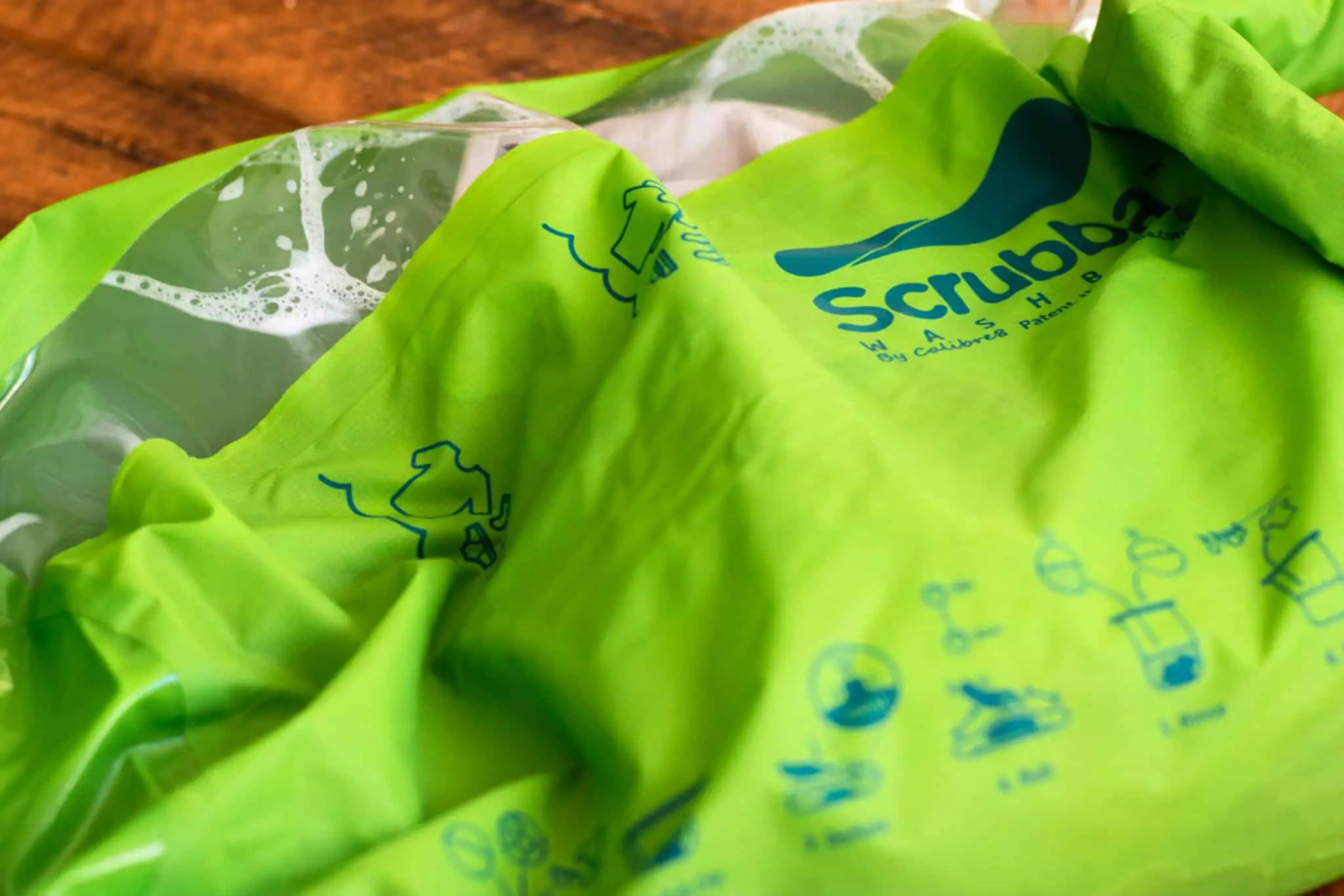
The Scrubba Wash Bag is a convenient and easy to use laundry system for camping, backpacking adventures, and extended road trips.
Since the outdoors are such a messy place and more often than not you’re covered in dirt and sweat, being able to do a fresh load of laundry when you’re far from a washing machine is priceless.
When I first heard about the Scrubba, I was intrigued. I’ve hand washed plenty of clothes, but I always end up covered in water with pruney fingers by the end. And sometimes the clothes aren’t even that clean. Not ideal.
Luckily, the Scrubba Wash Bag makes doing laundry outdoors a whole lot easier! Plus, it has lots of other uses. Let’s dive in!
Video Reviewing & Testing the Scrubba Wash Bag
In the video below, I’ll walk you through all the steps involved for washing your outdoor gear with the Scrubba wash bag (in the middle of winter, by the way). It’s super easy!
I also share important tips for practicing Leave No Trace, tips on filtering washing water, and get up to a few silly antics. Give it a watch!
Use code EXPLORETHEMAP to save 7.5%!
What is the Scrubba Wash Bag?
The Scrubba wash bag is more than a fancy dry bag (although you can use it as one). It’s an easy-to-use, effective, and portable laundry system. Some of it’s main features are:
- Folds up super small, it fits in your pocket!
- Lightweight, only 150g
- Has an internal, flexible washboard
- Faster and easier than handwashing and gets your clothes cleaner!
- Uses a very small amount of water
Other Uses for the Scrubba
The Scrubba wash bag has a lot of other uses, too. This makes it invaluable while backpacking or traveling when you don’t have room to pack the kitchen sink. The more multi-functional an item is, the more likely it is to make it into my bag.
- Dry bag. Keep gear dry and clean when you’re in the water or it’s raining. Put your electronics inside to keep them safe.
- Dirty laundry bag. When you’re not using it to clean your clothes, use the Scrubba to keep your dirty clothes away from your clean ones.
- Pillow. Stuff the Scrubba full of clothes or towels and use it at night.
- Water carrier. At camp there are lots of uses for a water carrier. Keep it full by the fire for the end of the night. Haul water from the hand pump to your campsite.
- Toiletry bag. Store leaky items like toothpaste or shampoo inside the Scrubba so they don’t leak all over the rest of your gear.
- Hanging animal bag. Store your smelly items in the bag and hang it in a tree so animals aren’t attracted to your camp.
- Bath. At the end of a long hike, use the Scrubba to give your feet a wash and massage. Or use it like a sponge bath.
Who is Scrubba Good For?
The Scrubba wash bag (and their other products), are great for all kinds of people — not just us outdoorsy folks. Some people that may find it especially useful are:
- People camping for long periods in a tent, car, or RV.
- Backpackers on remote, multi-day trips.
- Travelers without access to washing machines.
- Travelers, campers, or backpackers that are concerned about gear weight.
- Budget travelers who don’t want to pay for laundry.
- Parents traveling with small kids who need to do lots of loads of laundry.
- People with small apartments that don’t have in-apartment or in-building laundry.
- Environmentally conscious people who want to reduce their water consumption.
How to Use the Scrubba Bag
My video above shows exactly how to use the Scrubba wash bag. But in case videos aren’t your style, let’s break it down here, too.
It’s easy to use the Scrubba: Add your dirty clothes, water, and soap to the wash bag. Roll and clip it shut. Release the extra air. Rub clothing on the internal washboard. Rinse and wring out your clothes. Hang to dry.
Now that you have the basics, let’s go into each of those steps with more detail.
Step 1: Fill Bag with Clothing, Water & Soap
Add your dirty clothes to the wash bag. For the best results, only do small loads — roughly two pairs of adult shirts/pants, socks, and underwear. If you add too much clothing, it’s hard to wash everything properly.
Next, fill with water. There are level markers on the side of the bag that indicate how much water to add based on the size of your laundry load. If you’re using lake or river water that looks dirty, you can use a water filter first.
And finally, add some soap. I use concentrated camp soap, but you can also use actual laundry soap, shampoo, or dish soap. If you’re in a pinch, powdered soap also works but it takes longer to dissolve.
TIP: If you’re in the backcountry or somewhere remote without access to a sink or man-made water disposal, use biodegradable soap.
Step 2: Roll & Clip
The Scrubba wash bag is just like a dry bag — simply roll up the top a few times and clip the buckle together. There are even markers that show you how far to roll.
Don’t worry about the air, that’s the next step!
Step 3: Deflate & Release Excess Air
Release excess air in the wash bag by using the small deflating valve.
Simply twist it open and gently push down on the bag to get rid of the air. You’re done when water gurgles out of the valve! Twist it shut again.
Step 4: Rub Clothes
And now, the washing part! Gently rub your clothes against the internal washboard to clean them. Rub for anywhere between 30 seconds for a light rinse to 3-5 minutes for a deep clean.
Delicates and lightweight clothing are a lot easier to wash than heavy/bulky items such as sweaters and heavy pants. For bulky items, add fewer clothes to the bag and scrub for longer.
There’s a clear panel on the side of the Scrubba bag where you can keep an eye on your clothing. You’ll notice the water get dirtier as your clothes get cleaner. It’s weirdly satisfying.
Step 5: Rinse Clothes
Next, dispose of the dirty water and fill it back up to give your clothes a rinse. You want to ensure all the dirt and suds are gone!
If you’re in the backcountry, ensure you’re 200m away from a water source before disposing of the water. Dig a hole with a trowel and pour the water into it; this allows the soil to filter out the biodegrable soap before it reaches the water.
Step 6: Hand Wring
Your clothes will be soaking wet (obviously) and you’ll need to wring them out — it can be a little annoying, but I prefer to find it entertaining.
It’s difficult to wring clothes out in the Scrubba bag, so instead you’ll need to hang wring them one-by-one. It’s helpful to roll them into a towel to speed up the drying process.
Step 7: Hang to Dry
And finally, let your clothes hang dry! You can buy a clothelines for this, but there’s usually enough space to just hang ’em around. Air drying can take awhile, so make sure you have enough time for your clothes to fully dry before you have to pack up.
Turn your Scrubba inside-out so it can dry, too.
Let’s Chat About the Company
Scrubba is an Australian-based company that specializes in, as they say, “the world’s smallest washing machine for travel and camping”. Basically, the Scrubba wash bag is a waterproof bag with a washboard inside.
The idea for the Scrubba wash bag was born in 2010 when the founder was preparing to hike Mt Kilimanjaro. In 2012, the bag was launched on a crowdfunding site and pre-orders flew through the roof.
Today, they offer various sizes and styles of the laundry bag. They also take environmental and social responsibility seriously — Scrubba is a member of 1% for the Planet and Climate Neutral Certified. Scrubba’s products are made with quality, durable material and this year they should be rolling out recycled materials in their wash bags, too.
My Final Thoughts on the Scrubba Wash Bag
After testing the Scrubba in the middle of BC’s winter and at home, I can confidently say that we’ll be using it on our future camping and backpacking trips so our clothing doesn’t smell like sweat and campfire.
Plus, the wash bag itself is made of durable material that I’m not worried about damaging when doing laundry on rocks or hauling in my backpack/car.
I love that the Scrubba can double as a dry bag and so many others things. This makes it so much more invaluable on backpacking trips. I’d be less inclined to bring it if it only had one purpose, but luckily that’s just not the case.
The only thing I don’t love is that you can’t do large loads… but honestly, I don’t know how you’d get around that without having a gigantic bag (which I wouldn’t like).
All things considered, the Scrubba is a super useful piece of gear for camping and backpacking that’s been given a permanent spot on our packing list!
